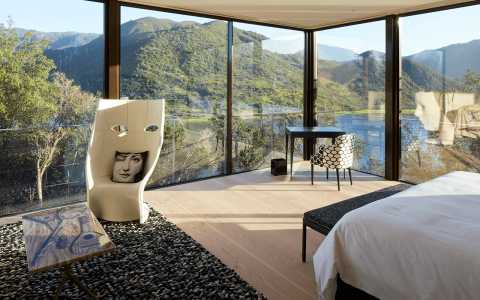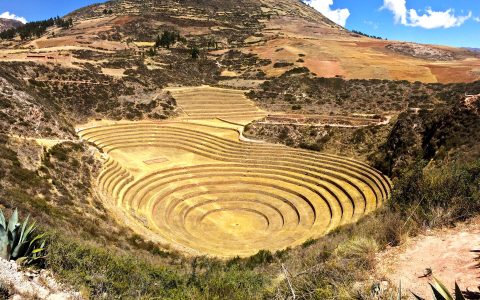The Best Places to Visit In Ecuador – Other Than the Galapagos Islands
 Ecuador is one of the most biodiverse countries on the planet.
Ecuador is one of the most biodiverse countries on the planet.
Besides the renowned Galapagos Islands, the mainland of Ecuador shines all on its own with lesser known but incredibly diverse regions including the Coast, the Andes, and the Amazon.
The locales listed below feature some of the most spectacular vistas, virgin untouched rainforest, endemic animals, and secret surf spots where you can hike, heli, bike, zip-line, mountaineer, and explore.
These areas also have the advantage of being near the equator, which means the weather is consistent year round and there’s never a bad time to visit.
The Best Places to Visit In Ecuador
(That Don’t Rhyme with “Shmalapagos”)
Mindo Cloud Forest
Only two hours from the capital of Quito in the Mindo Valley lies the the Mindo-Nambillo forest, one of the most biologically diverse cloud forests in the world. The cloud forest gets its name from the way that it traps clouds, which drench the forest in a fine mist, allowing some of the most delicate forms of plant life to survive.

Mindo’s forest is home to more than 500 species of bird and 350 species of orchid, as well as thousands of insect species. It is one of the best places to get in touch with nature and enjoy the natural elements.
Activities in the mindo cloud forest include hiking, canoeing, rafting, a butterfly farm, zip lining, tubing, visiting an orchid farm, waterfall hiking and visiting a mirador, where you can see many species of hummingbirds.
You can also visit a small chocolate factory, where you’ll have a chance to witness the entire cacao process, from harvesting the bean to its becoming a delicious brownie or a cup of hot cocoa.
Start Planning
Connect with travel expert Veronika Macas to plan your Ecuador adventure. From Quito to the Mindo Cloud Forest and the Ecuadorian Amazon, she’ll craft an unforgettable Bespoke experience that takes in all the highlights.
Contact VeronikaCotopaxi National Park
Roughly 50 km south of Quito, this national park spreads over three provinces in Ecuador.
The park is most known for its famed Cotopaxi Volcano, a snowcapped symmetrical summit that takes pride of place along Ecuador’s Avenue of Volcanoes. Known as the King of the Andes, it is one of the highest active volcanoes in the world, with a summit of 5,897 meters (19,700 feet) above sea level.
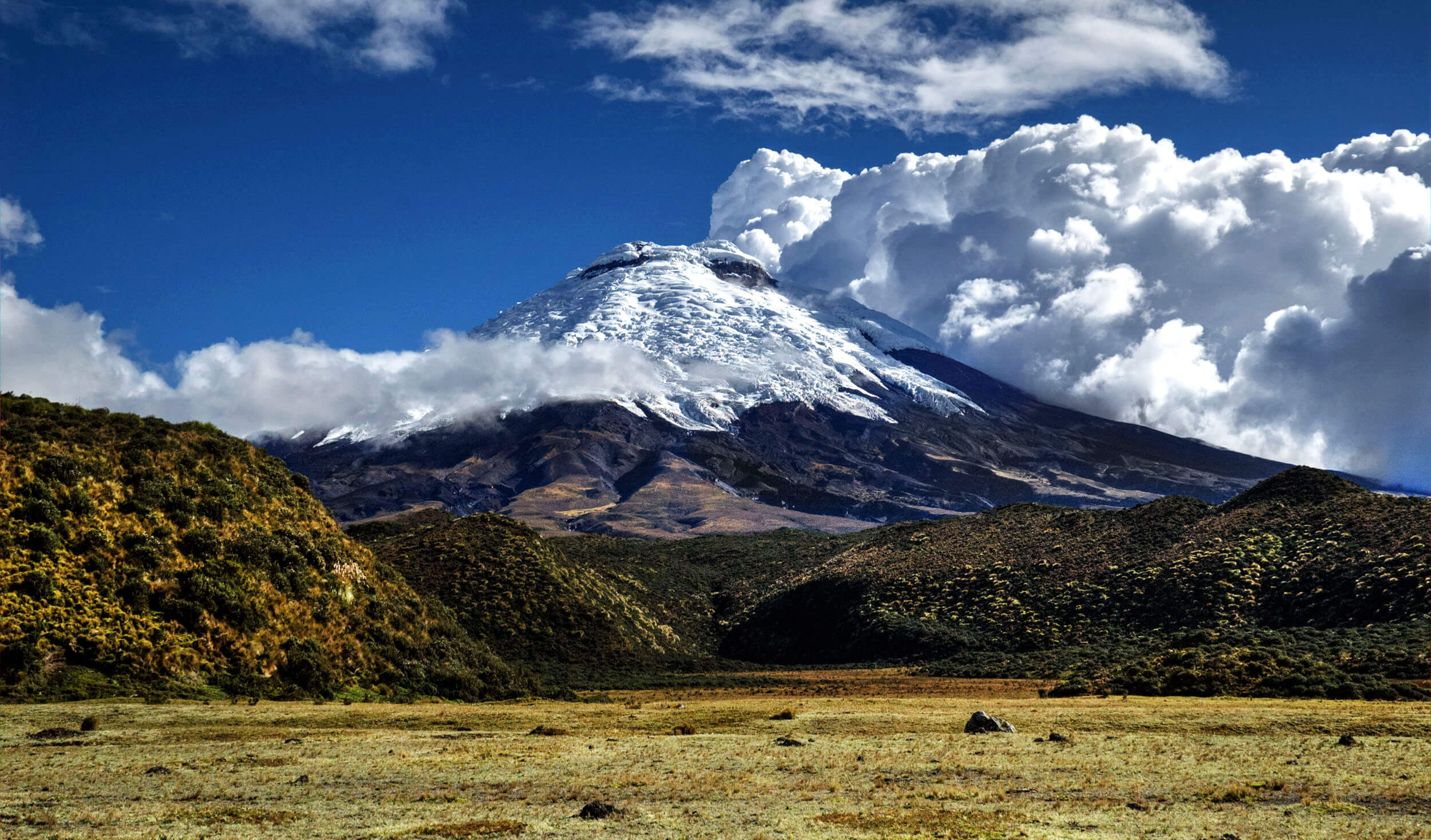
The volcano is surrounded by the relatively flat national park, a vast wilderness of sweeping plains adding to the stunning panorama. Established in 1975, Cotopaxi National Park has 34,000 hectares of wild, beautiful moorland, streaked with wispy clouds and pockets of mist, and plays home to a variety of animals from wolves, pumas, bears and condors, to birds and endemic species. Here you can hike, climb, or trek/mountaineer your way around the park.
Stay nearby: Hacienda Zuleta
 Hacienda Zuleta is a family-owned, 2,000 hectare plot with colonial buildings dating back to 1691.
Hacienda Zuleta is a family-owned, 2,000 hectare plot with colonial buildings dating back to 1691.
The expansive Hacienda Zuleta grounds include a working dairy farm, cheese factory, trout farm, horse stables and a beautiful organic vegetable garden where most of their food comes from.
Formally owned by Ecuador’s ex-president Galo Plaza Lasso, the hotel property still maintains his private library. They also manage an Andean condor rescue center and the Hacienda is surrounded by three beautiful Andean communities.
Hacienda is surrounded by lush pastureland and stunning views of the snow-capped volcano Cayambe (oh, and the city of Cayambe in Ecuador also has some of the best caramel!). As sun sets in the Andes Mountains and it gets chilly at Zuleta, I can’t think of anything better than enjoying some traditional Ecuadorian cheese and snacks near a roaring fire at the end of the day.
Choco Rainforest
 One of the last Shangri-las in the world, this untouched rainforest holds flora and fauna still yet to be discovered.
One of the last Shangri-las in the world, this untouched rainforest holds flora and fauna still yet to be discovered.
The Choco Rainforest spans from Colombia into Northern Ecuador. Cut off from the Amazon by the Andes Mountains, the rainforest evolved differently from those forests on the eastern side. The Choco area holds thousands of species and ecosystems endemic to the region.
Walking in the Choco feels like stepping into a world of its own, with virgin vegetation yet to be disrupted by humans; it is recognized as one of the world’s most biologically and culturally diverse areas.
 The choco plays host to a whopping 11,000 species of plants and an equally impressive 900 species of birds. In addition, there are more than 300 amphibious species, including 200-plus reptiles.
The choco plays host to a whopping 11,000 species of plants and an equally impressive 900 species of birds. In addition, there are more than 300 amphibious species, including 200-plus reptiles.
Kinkajous (a raccoon-like mammal), howler monkeys, sparkling fireflies, bats, bioluminescent fungi, waterfalls, rare birds, insects – you name it, it’s there.
The main threat to all of these species is actually a threat to the rainforest itself: deforestation. All the more reason to go and see it now!
Stay Nearby: Mashpi Lodge
The sophisticated and strikingly contemporary lodge is designed as the ideal springboard for exploring the biodiverse world of the Ecuadorian Choco Rainforest.
A hideaway in the clouds only accessible to its guests and located on a high plateau, Mashpi Lodge features views of the forested mountains on one side and the forest right up close on the other through its floor-to-ceiling glass windows.

The Lodge, built with the latest techniques in sustainable building and employing hydroelectric power in the near future, is designed to blend beautifully with its surroundings.
Mashpi Lodge is located 110 km by car from central Quito in the evergreen wilds of the Andes’ western slopes. The shift in altitude (from 2800 to 1000 metres above sea level) allows for spectacular natural diversity among the Andean landscape.
We travel through the dry valley of Pomasqui into lush, misty cloud forests, and finally into one of the most celebrated bioregions in the world, known for its record-high endemism, rainfall and altitudinal range.
Ecuadorian Amazon
Often forgotten in favour of Brazil or Peru’s vast Amazon, the Ecuadorian Amazon is also a fascinating region, spread across six of Ecuador’s provinces.
It’s a haven so far off the beaten path that there are two small indigenous tribes situated in the Yasuni National Park (Ecuador’s largest), living in complete isolation from the rest of the modern world, with a protected right from the Ecuadorian government called the ‘Untouchable Zone” to not ever be disturbed. Talk about living off the land!
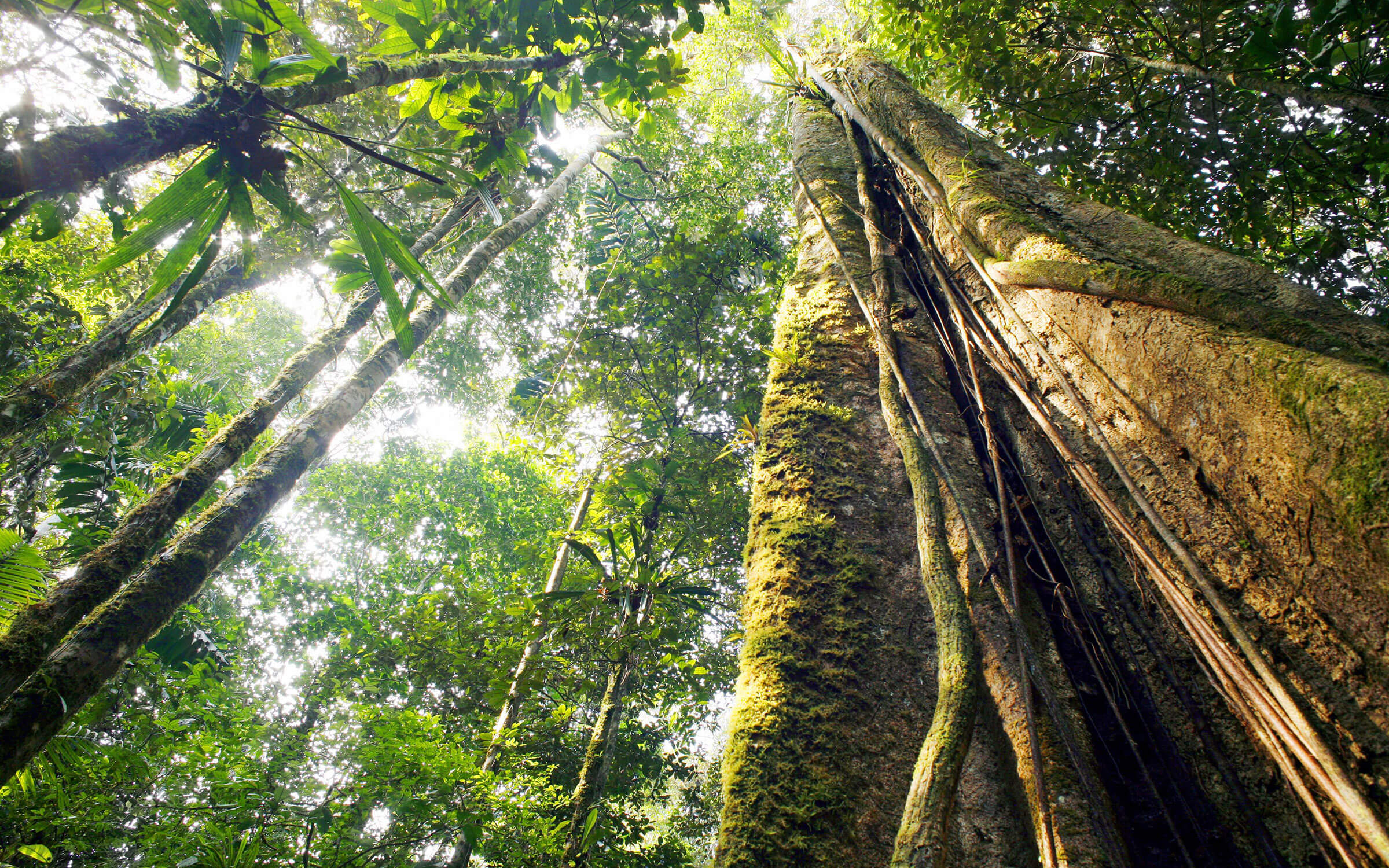
The Biosphere Reserve is another region in Ecuador that offers some of the most diverse species on earth, some endemic to the region. It is a haven for birders with approximately 1,600 species found in this area.
The Amazon in Ecuador is mainly tropical at 400 metres above sea level and remains warm and humid year-round. Surrounded by wild rainforest, untouched flora and fauna for miles, the remote Ecuadorian rainforest is truly a haven for those who want to experience nature at its purest.
Stay nearby: Sacha Lodge
On the Napo River in Coca Ecuador hides a modern sanctuary known as Sacha Lodge. Located in the lush Amazonian forests, it sits on its own private nature reserve of 5,000 acres.

The only way to access the lodge is via boat/motor canoe from Coca Ecuador. The lodge was built to complement the surroundings with 26 eco-friendly cabins, and canopied walkways and towers offering incomparable views of the Amazon forest and treetops.
MORE FROM Latin America + Ecuador And Galapagos Islands
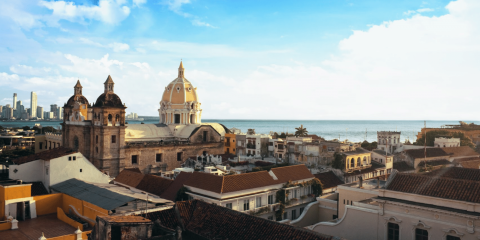
Reading for the Road: The Best Books About Colombia
Colombia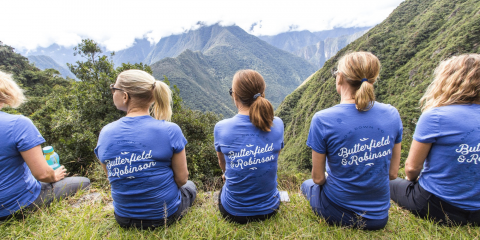
A Wellness Escape to Peru with Butterfield & Robinson
Peru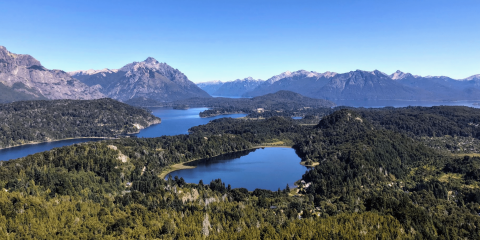
Cruising Through Argentina’s Famous Seven Lakes Road
Argentina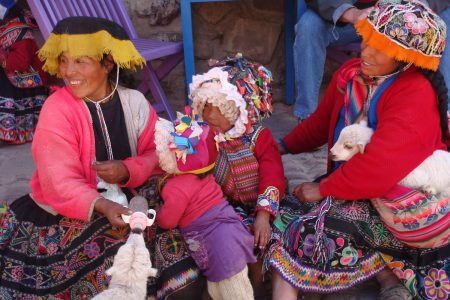
The Slow Fund: Scholarship Fund with Kuska School
Peru
A Taste of South America at Home: Argentinian Beef Empanadas
Argentina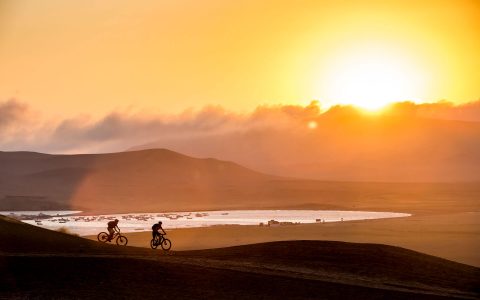
Bespoke Stories: An Off-the-Grid Adventure for a Father & Son in Peru
Peru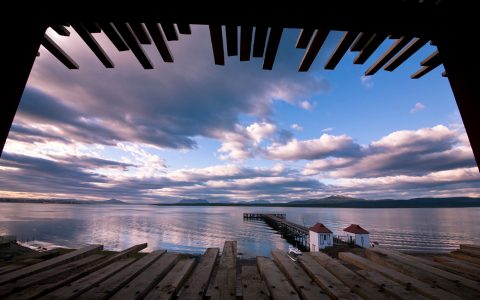
Spectacular Stays: The Singular Patagonia
Chile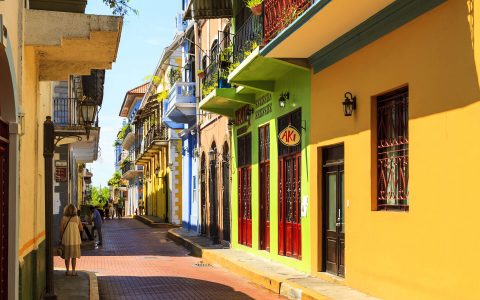
7 Reasons Why You Need to Visit Panama City
Panama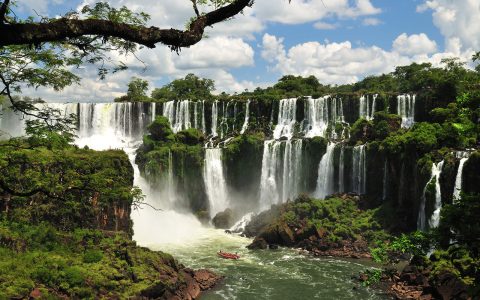
Beyond Buenos Aires: Exploring Northern Argentina
Argentina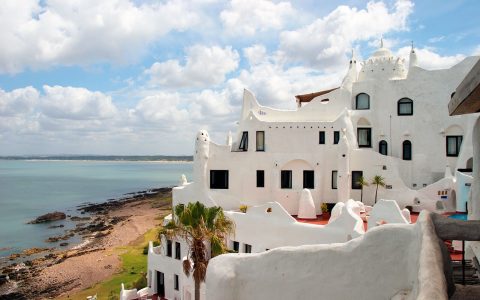
South America’s Best-Kept Secret: Uruguay
Uruguay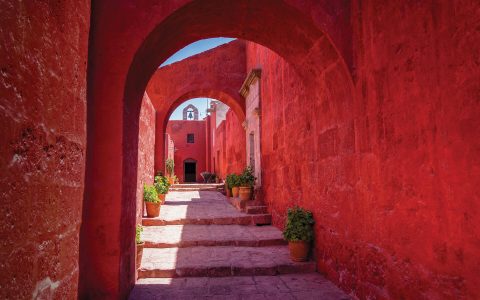
Off the Beaten Trail in Peru
Peru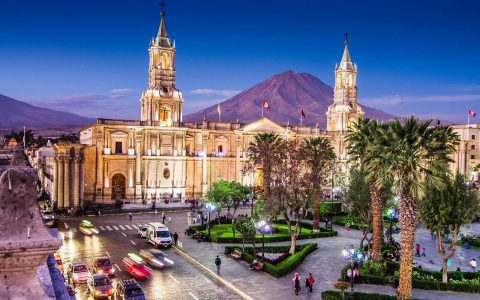
A New Side of Peru: Arequipa & the Colca Canyon
Peru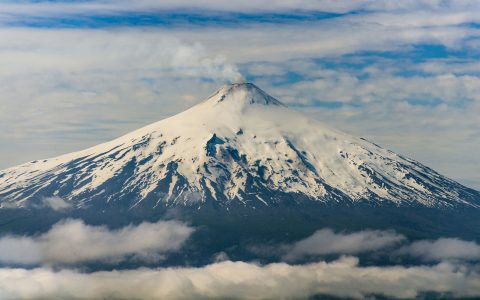
Lakes & Volcanoes of Chile and Argentina
Argentina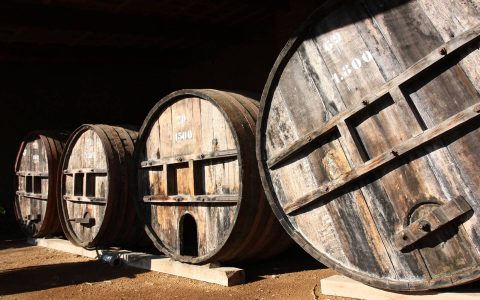
8 Must-Drink Wines From Chile and Argentina
Argentina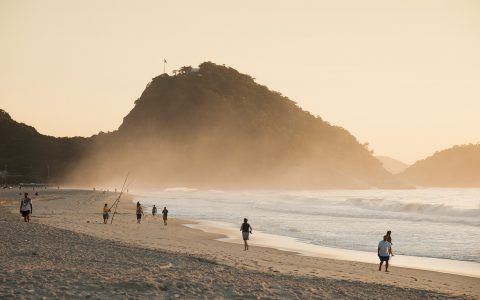
Our Favourite 14 Bars in the Americas
Latin America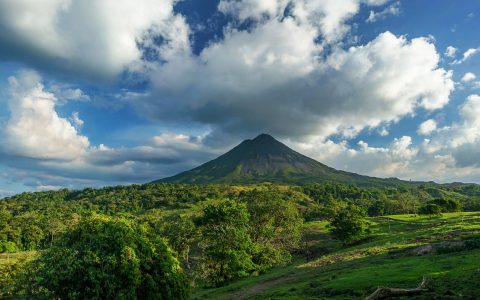
The Best Time of Year to Visit Costa Rica
Costa Rica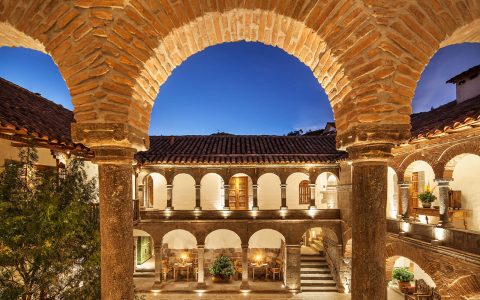
Top 10 Luxury Hotels in Peru
Peru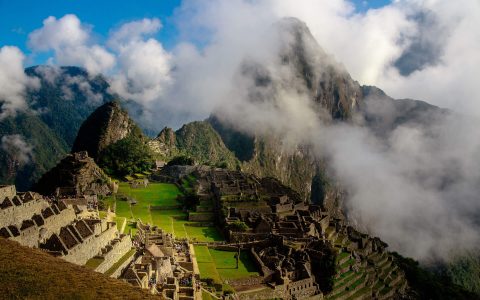
Reading for the Road: Our Favourite Books About Peru
Peru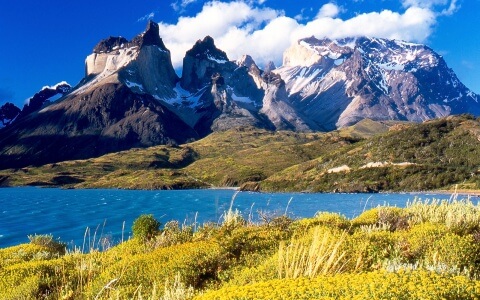
Embracing Extremes in Patagonia
Patagonia